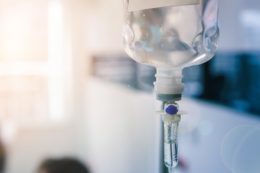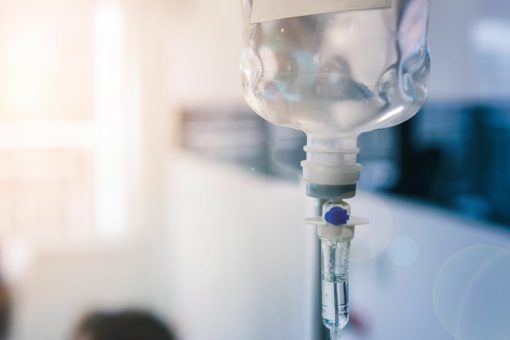 Ketamine, once a widely used anesthetic that is now more well known for being an illicit party drug (special K), has recently taken on a new role in treatment-resistant depression. This drug is still undergoing FDA approval to be used for treatment-resistant depression and there is still a lot of research to be done before Ketamine can be prescribed to the masses but in an industry where there are not many successful treatments for treatment-resistant depression, this could be a breakthrough. Ketamine does not target the same brain activities as antidepressants like fluoxetine (Prozac), venlafaxine (Effexor), and sertraline (Zoloft). Rather, it blocks a receptor called N-methyl-D-aspartate, or NMDA. Researchers are still not certain why some people with depression respond to Ketamine and others do not, but without FDA approval, this drug has been used for “off label” uses in individuals with treatment-resistant depression, pain management, and palliative care. Research has shown that when low-dose Ketamine is administered intravenously to individuals with depression, many of their signs and symptoms improve within as little as 2 hours.
Ketamine, once a widely used anesthetic that is now more well known for being an illicit party drug (special K), has recently taken on a new role in treatment-resistant depression. This drug is still undergoing FDA approval to be used for treatment-resistant depression and there is still a lot of research to be done before Ketamine can be prescribed to the masses but in an industry where there are not many successful treatments for treatment-resistant depression, this could be a breakthrough. Ketamine does not target the same brain activities as antidepressants like fluoxetine (Prozac), venlafaxine (Effexor), and sertraline (Zoloft). Rather, it blocks a receptor called N-methyl-D-aspartate, or NMDA. Researchers are still not certain why some people with depression respond to Ketamine and others do not, but without FDA approval, this drug has been used for “off label” uses in individuals with treatment-resistant depression, pain management, and palliative care. Research has shown that when low-dose Ketamine is administered intravenously to individuals with depression, many of their signs and symptoms improve within as little as 2 hours.
The rapid effect of ketamine on depression and suicidal ideations brings a promise of taking a very sick and brittle patient and enacting a window of significant improvement in which other interventions can be implemented. Psychotherapy is one possibility because when people are extremely depressed, they usually cannot meaningfully engage in psychotherapy, which can be too much of a psychological burden for them, so an agent that can help the depression lift rapidly can facilitate meaningful engagement in a long-term healing process of therapy. Another approach might be to use traditional antidepressants or novel agents after ketamine treatment to prolong the beneficial effects of ketamine.
“Its promise as a depression treatment — and the ability for doctors to use it off-label — has led more outlets to offer it to people with treatment-resistant depression. Over the last several years, clinics that offer ketamine IVs have popped up around the country, including at academic medical centers such as Yale University and the University of California San Diego”.
Major depressive disorder affects more than 15 million adults in the United States and presents with feelings of sadness, sleep disturbance, loss of interest in activities, feelings of guilt, loss of energy, difficulty concentrating, changes in appetite, psychomotor agitation, sadness and even suicidal ideation. In can occur in adult men and women as well as adolescents and can affect any individual regardless of race, religion or social-economic status. Depression is the leading cause of disability in the United States and costs the U.S. society $210 billion per year. Approximately only 40% of this amount is associated with depression itself whereas the other 60% of this money is spent on lost wages, interventions for suicidal attempts and treatment for other co-occurring disorders associated with depression.
Treatment-resistant depression (TRD) occurs in 33% of individuals who have been diagnosed with major depressive disorder. In its simplest form, treatment-resistant depression can be defined as a lack of significant improvement after two adequate trials of two different antidepressants from two different pharmacologic classes. Electroconvulsive therapy or antipsychotics are current treatments for TRD. Although some mental health practitioners are prescribing Ketamine as an “off-label” medication for treatment-resistant depression and suicidal ideations, researchers and experts agree that much more research is necessary in order to understand the long-term affects Ketamine not only has on depression but also has on the brain.
